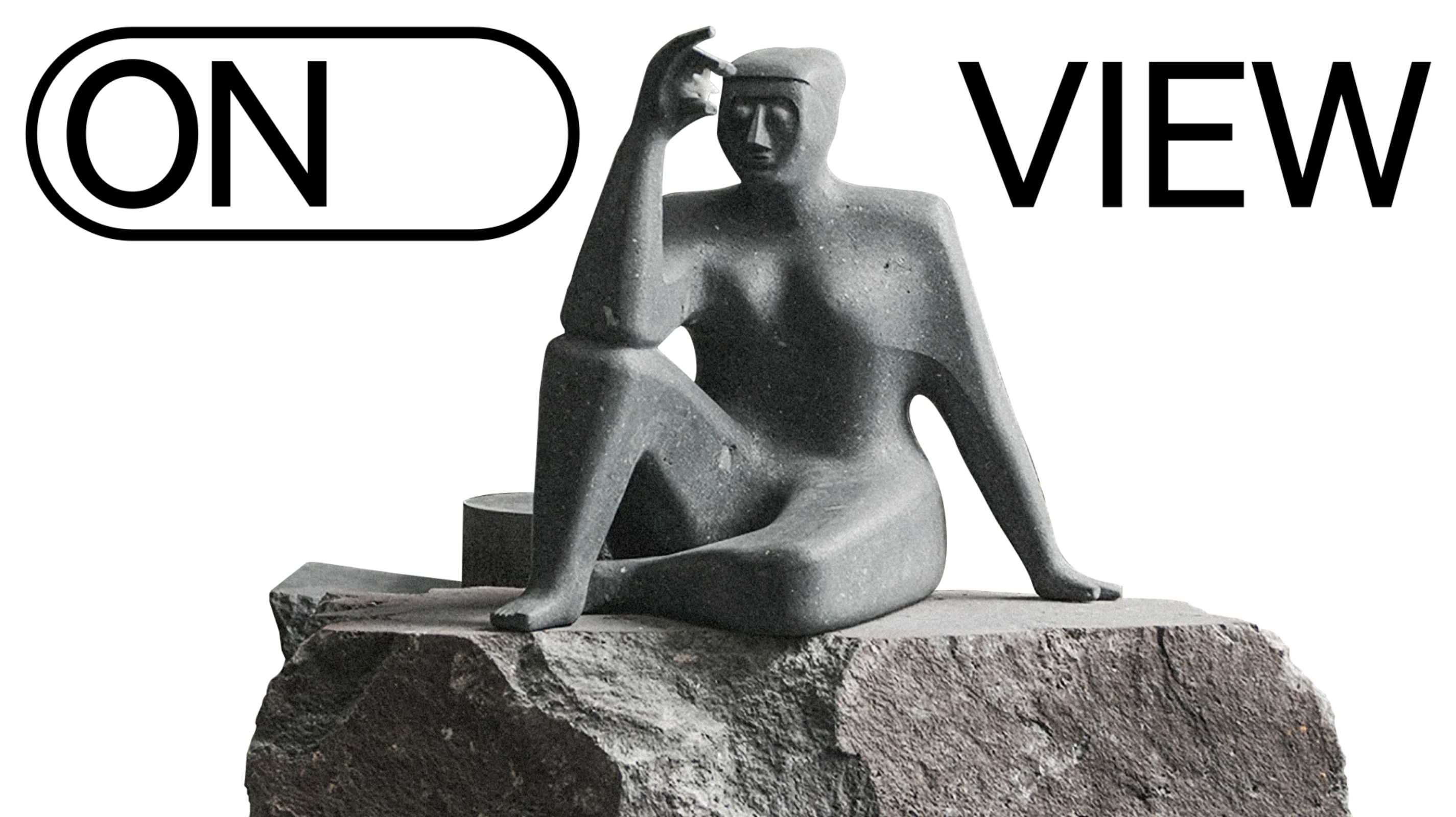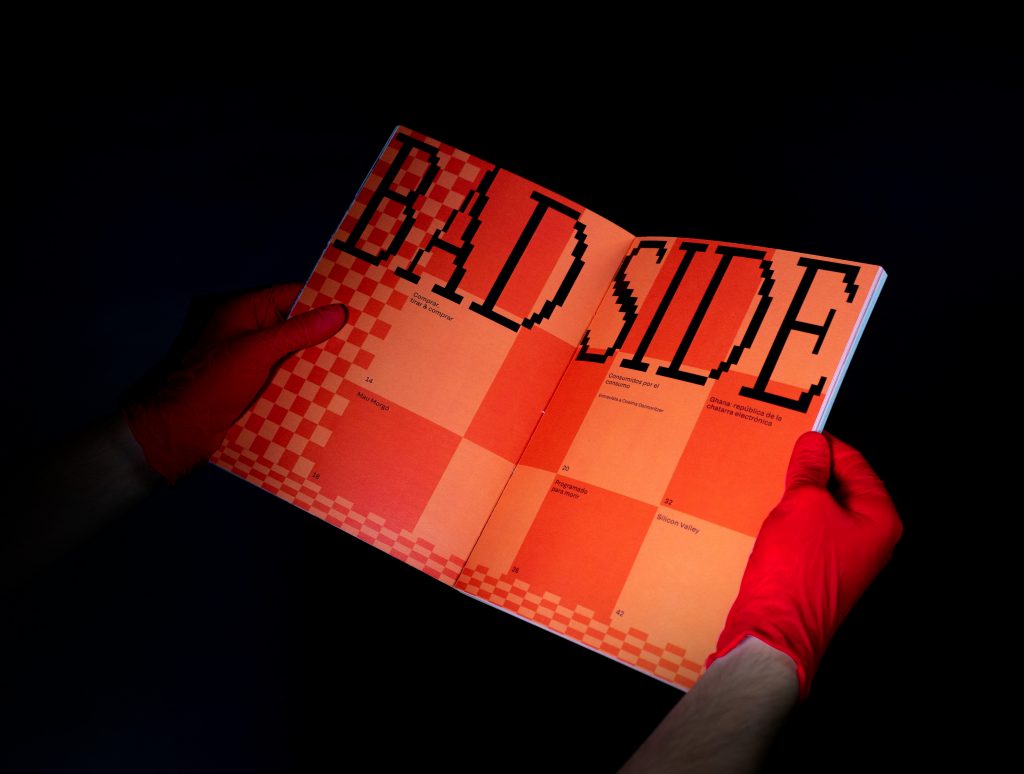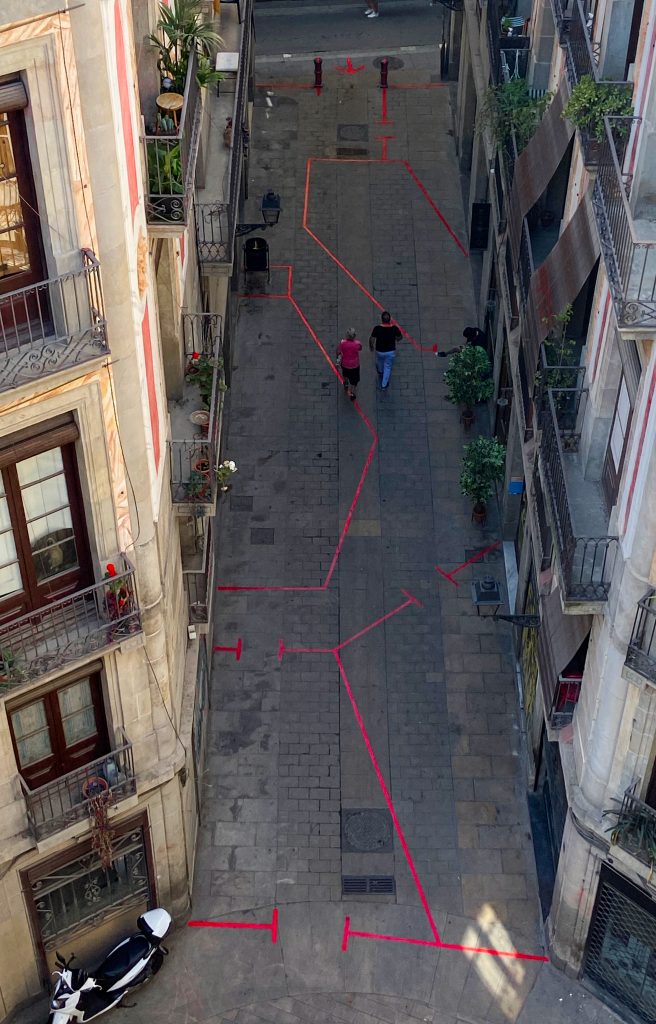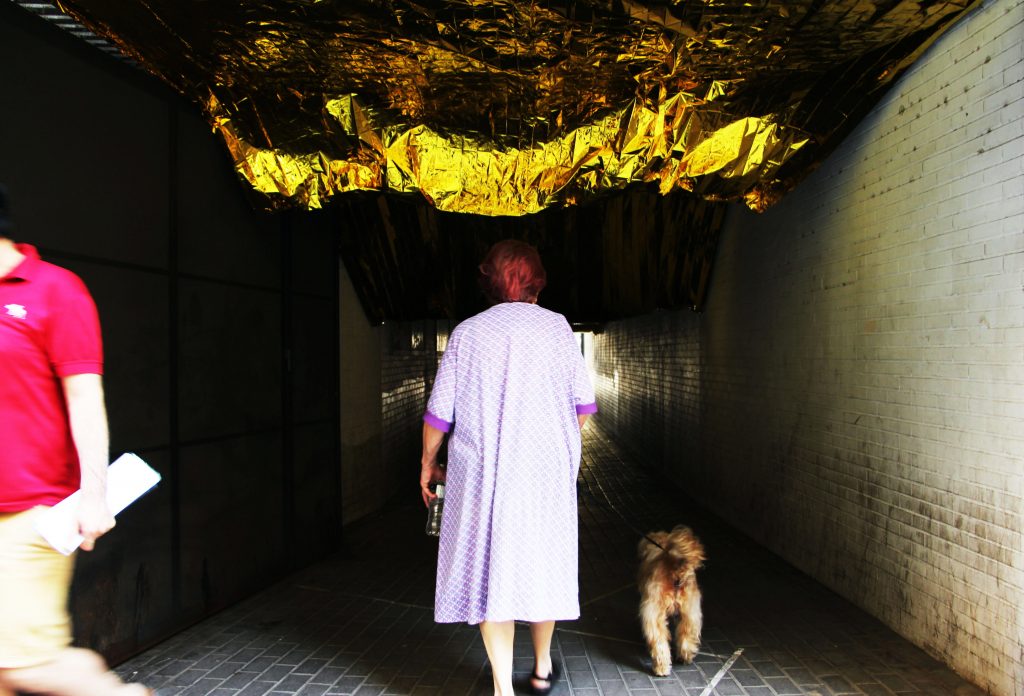Onview
Performative Space for Engaging with Art

Onview is a digital editorial platform that presents a performative experience for its audience by transforming the computer desktop into an exhibition space to showcase contemporary artwork in an innovative and immersive way, with a soft focus on new media.
For our opening exhibition, we present “Lies, Fairy Tales, & Fallacies” featuring the work of Penelope Umbrico, James Bidgood, Paul Pfeiffer, LaJuné McMillian, Paul Mpagi Sepuya, David Horvitz, Mika Rottenberg, Jenny Holzer, Christopher Clary, and Sofía Córdova.
“To say that that which is, is not, and that which is not, is, is a falsehood; therefore, to say that which is, is, and that which is not, is not, is true”
-Aristotle
If we consider truth as the property of being in accord with fact or reality, we must understand “Lies, Fairy Tales, and Fallacies” as a departure from what is real.
Centered around practices that explore, analyze, or dismantle reality (or what is presented as real) in their discourse, the exhibition highlights the necessity of human beings to escape and imagine a different world, a different truth, to challenge the factual or just exaggerate it. We have framed these works as trying to find answers to metaphysical questions regarding the fundamental nature of reality, focusing on the relationship between mind and matter, with major considerations on time and space—in an age when we are being constantly challenged with false narratives, fake news, and conspiracy theories, and when time and space do not present the constraints that they in the past did.
The exhibition presents three major focuses, these being: time, space, and the self since all of these works fell into one or more of these categories. We wanted to create connections between the artworks and conversations between the artists that had not had the opportunity to happen until now.
For our second exhibition, we propose “(Es)Cultura Mexicana:Contemporary Expressions in Mexican Sculpture”, featuring the work of Wendy Cabrera Rubio, Gabriel Orozco, Minerva Cuevas, Sofía Taboas, Pedro Reyes, and Damián Ortega.
The practice of sculpture in Mexico is one of the oldest artistic practices in the country’s history. It was presented in Pre-Hispanic pyramids, sanctuaries, and esplanades, by the Olmec, Mayan, Teotihuacan, Tarascan, Mixtec, and Aztec cultures. After the Spanish invasion, sculpture in Mexico took a Catholic turn. It wasn’t until the 20th century that the practice of sculpture was differentiated by its objectives and the emphasis of its theme, outside Christianity; three currents emerged: an indigenist, archaic and folkloric; another, neoclassical, civic and historical; and a third, socialist, with ideological propaganda. With this split, unique and recognizable artistic styles that purely belong to Mexico were born. While Modernism spread an American and European aesthetic though Cubism, Minimalism, Pop Art, Conceptualism, et al., Mexican sculptors adopted and appropriated these influences to further expand their practices while remaining preoccupied by their identity and visual heritage.





